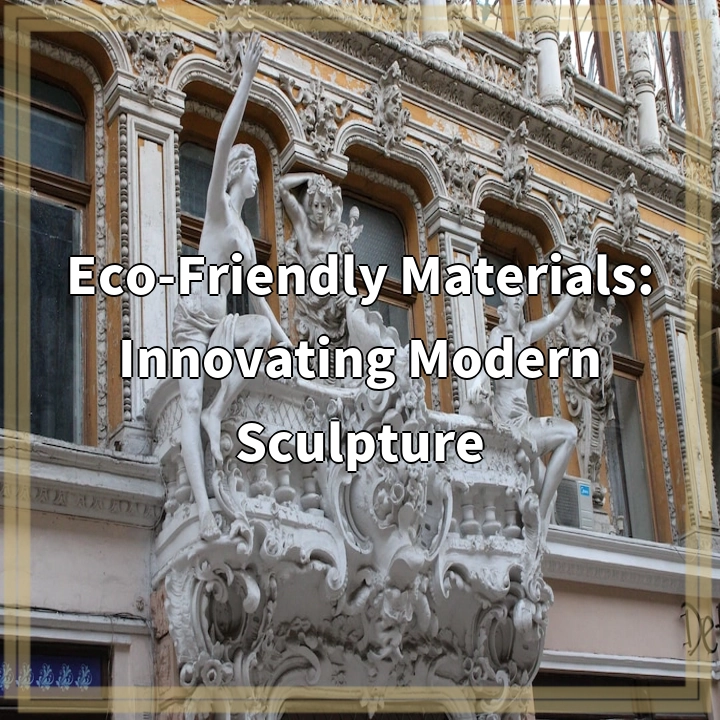
What it is:
The use of eco-friendly materials in modern sculpture is a progressive approach that combines artistic expression with sustainability. Unlike traditional sculpture materials such as clay, stone, or metal, eco-friendly materials are chosen specifically for their minimal environmental impact. These materials can include recycled or upcycled elements, renewable resources, and non-toxic alternatives.
Real-World Problems:
Modern sculpture often involves the use of materials that have a detrimental effect on the environment. For example, traditional sculpture materials like marble or bronze require extensive mining operations, resulting in ecological disruption and the depletion of natural resources. Additionally, the production and transportation of these materials contribute to greenhouse gas emissions and pollution.
Another issue is the use of toxic or harmful chemicals in the creation process. Many traditional sculpting materials and techniques involve the use of hazardous substances, such as solvents, resins, and paints, which can harm both the artist and the environment. These chemicals release volatile organic compounds (VOCs) into the air and contaminate soil and water when improperly disposed of.

Solutions:
The shift towards eco-friendly materials in modern sculpture offers several solutions to mitigate the environmental impact associated with traditional methods. These solutions include:
1. Sustainable Material Selection:
Artists can opt for eco-friendly materials such as recycled metals, reclaimed wood, or organic fibers. By utilizing these materials, they contribute to reducing the demand for new resources and minimize the ecological footprint of their artwork.
2. Non-Toxic Alternatives:
Artists can explore non-toxic and low VOC alternatives to traditional sculpting materials. This includes water-based paints, natural dyes, and eco-friendly adhesives. By using safer substances, artists can protect their health, as well as limit the pollution to air, soil, and water.
3. Collaborative Efforts:
Collaboration between sculptors and material scientists can lead to the development of innovative eco-friendly materials. By working together, they can experiment with sustainable substitutes and refine their properties, enabling artists to create sculptures that are both aesthetically pleasing and environmentally responsible.















